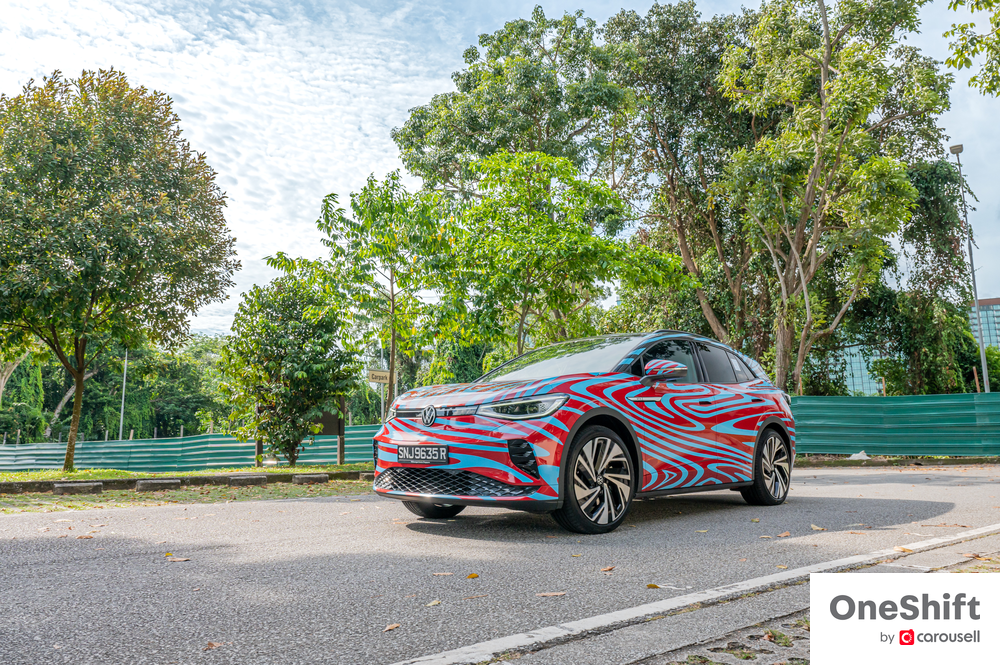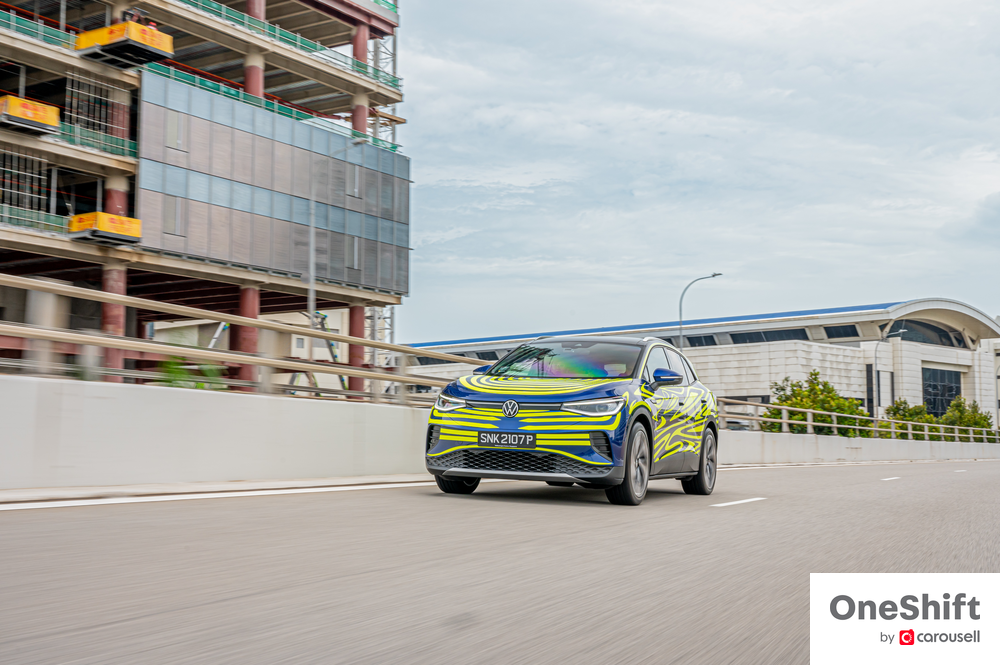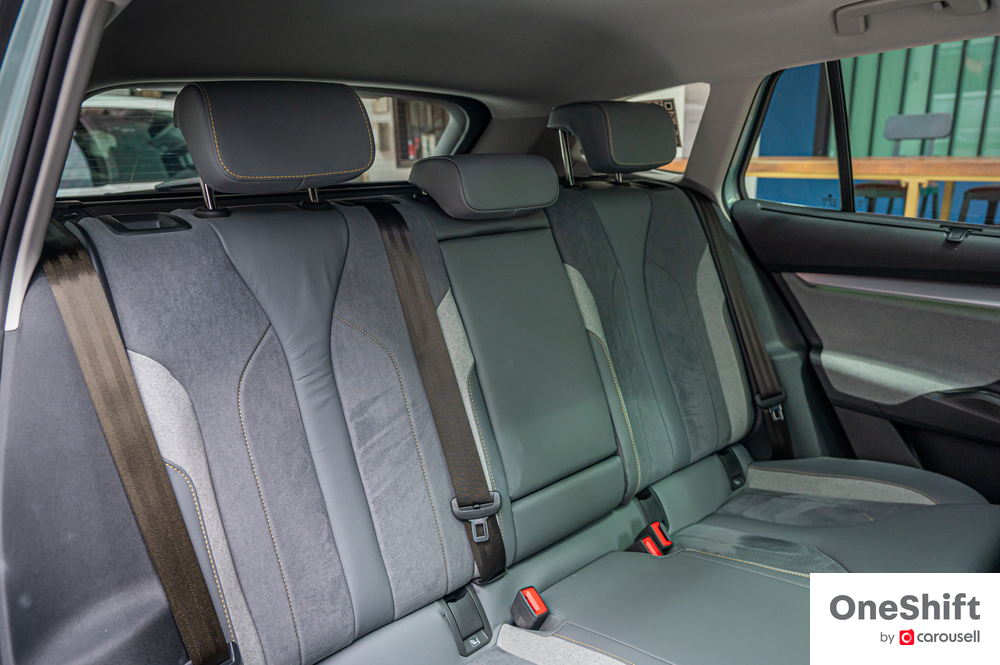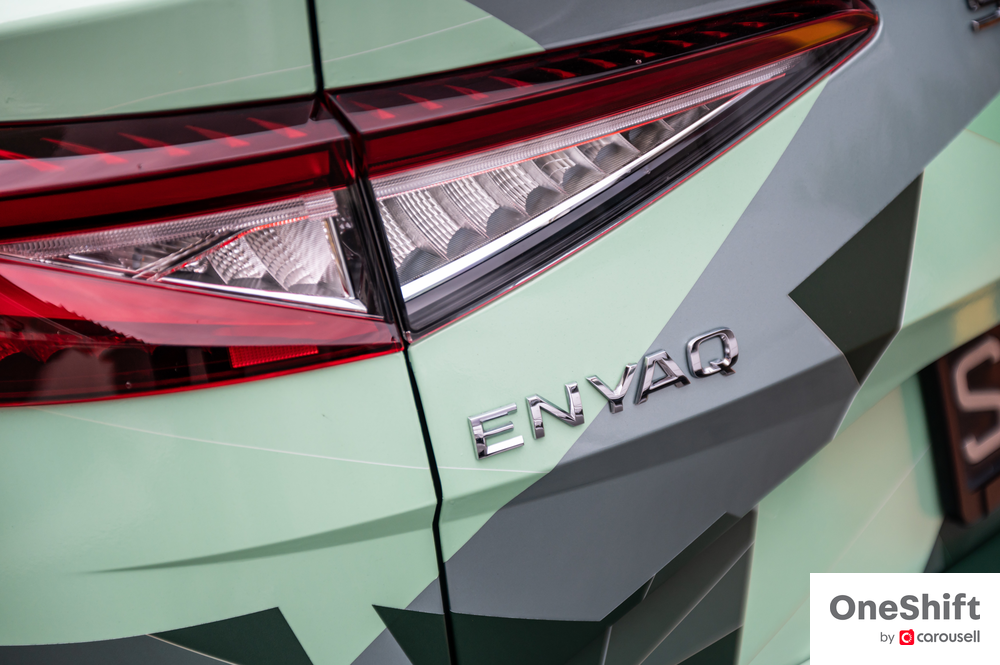First Drive: Volkswagen ID.4 Pro RWD and ID.4 GTX, Skoda Enyaq iV
VW's and Skoda's first EVs are slated to arrive early 2024, orders can be placed by Q4 this year.







Volkswagen and Skoda are finally introducing their first EV models in Singapore, scheduled to officially launch sometime in early 2024. Customers can start putting down their deposits in Q4 this year.

This is significant. While most automotive brands have jumped on the bandwagon to release their own electric vehicles already for the most part of the last decade, Volkswagen and Skoda have taken quite a bit longer. Perhaps taking the market by storm with their trademark small turbocharged engines (TSI) and dual-clutch gearboxes (DSG) was too successful, for it spawned a whole crop of competitor cars that ate into Volkwagen’s/Skoda’s edge.

So it is with open arms that we will get the ID.4 Pro RWD, ID.4 GTX and Enyaq. It’s long overdue, and it gives a fighting chance for the two brands to reclaim their former glory again (apart from their wonderful Cat A cars too).

We were given the chance to sample the three cars on a half day test drive, but not before having some appropriate plant-based food at Love Handle. Volkswagen and Skoda converted the restaurant into a sort of brand space for the event which was a nice touch.

Without further ado, we’re excited to share our drive impressions below of the EVs, in the order that we drove them. Also, in case you're wondering, the cars are liveried in their launch 'camouflage' and of course the cars that go to customers will come without them!
Volkswagen ID.4 GTX 4MOTION

The only car here with a dual motor setup (a familiar name - 4MOTION), the ID.4 GTX is meant to be the performance variant of the ID.4 with 295 hp and 460 Nm. It promises a range of 480 km, which compares favourably with the 460 km that the standard ID.4 Pro RWD manages. It also features an Intelligent Vehicle Dynamics Manager also seen in the Golf GTI and Golf R (working closely with the Electronic Stability Control (ESC) and 4MOTION to maximise sportiness) and a Head-Up Display.

Starting with this at the beginning raised expectations as it’s a range topper. While its pace and grip didn’t disappoint and the controls felt game enough for a spirited run, in reality the car’s tall stance means it’s never going to feel sporty. The GTX trends towards understeer and voices out that it much prefers being a capable, spacious EV SUV.

When viewed from that lens, the GTX offers a compelling, all-weather package that seems to do everything decently well - a trait that carries over from VW’s ICE models. I particularly like the car’s refinement and noise insulation. I found its interior to be logical and well-designed too, built to the same standards as the latest Golf Mk8. However, its suspension does undo itself over larger bumps, and those sitting at the back will feel it even more. I’m not a fan of the car’s ‘white goods’ looks either, although I suppose that can be subjective.
Skoda Enyaq

The Enyaq altogether felt like a car that was truer to its roots than the GTX was. I like that Skoda paid more attention to the practical things (it’s a Skoda after all!), like its compact turning circle (9.3 metres), its large 585-litre boot and 532 km range - the last being the longest among the three cars here.

Its exterior looks are more blocky and distinctive, while its interior has chic textile surfaces that uplifts the interior ambience that bit more (feeling even a tad Scandinavian), making all of the difference.

On the road, the Enyaq has a calmer ride, especially for rear passengers. It’s still a bit too stiff over broken surfaces, but it’s easily the most comfortable car here. Its steering is also noticeably more relaxed which suits the nature of the Skoda. Having rear blinds is a nice touch too, though it is still undetermined if this will make it to the Singapore-bound Enyaqs.
Volkswagen ID.4 Pro RWD

The very last car perhaps gave the biggest pleasant surprise. Although putting out the same output as the Enyaq with 201 hp and 310 Nm, the ID.4 Pro felt much more responsive and quicker, and it isn’t far off from the GTX at all.

With its simpler rear-wheel drive (RWD) drivetrain, the ID.4 Pro feels more honest and easy to read behind the wheel, bringing to the fore the inherent dynamism in the car more than even in the GTX. Interestingly, it felt like the most pleasurable car of the lot to drive with a very balanced concoction of power and handling. However, ride comfort remains very stiff despite this being a non-performance variant.
How deep is your love?

It was a great eye-opener to be driving these three cars, after sampling a great number of EVs from other brands over the last few years. The individual identities of VW and Skoda can definitely be felt from the models, which is a very encouraging sign.

In particular, I think the Enyaq has the makings of a winner and fits the family car remit to a tee. I really like its overall execution and again, Skoda seems to understand its customer better, somehow.

The ID.4 family holds potential and I think VW should focus on the Pro RWD model for the Singapore market as it is the sweeter one to drive vis-a-vis the GTX. If specified with smaller rims for a more comfortable ride, I think there is decent appeal in the Pro RWD model as the sportier alternative to the Enyaq.

The GTX is rather niche but would certainly be important for those requiring all-weather grip and confidence.
Photos by Volkswagen Singapore and Skoda Singapore
---
Selling your car? Whatever the reason, caryousell@carousell, sell your car at the highest price today.


Get the Best Price for your used car
from 500+ dealers in 24 hours

- Convenient and Hassle-Free
- Consumer Protection
Transparent Process
With No Obligation













